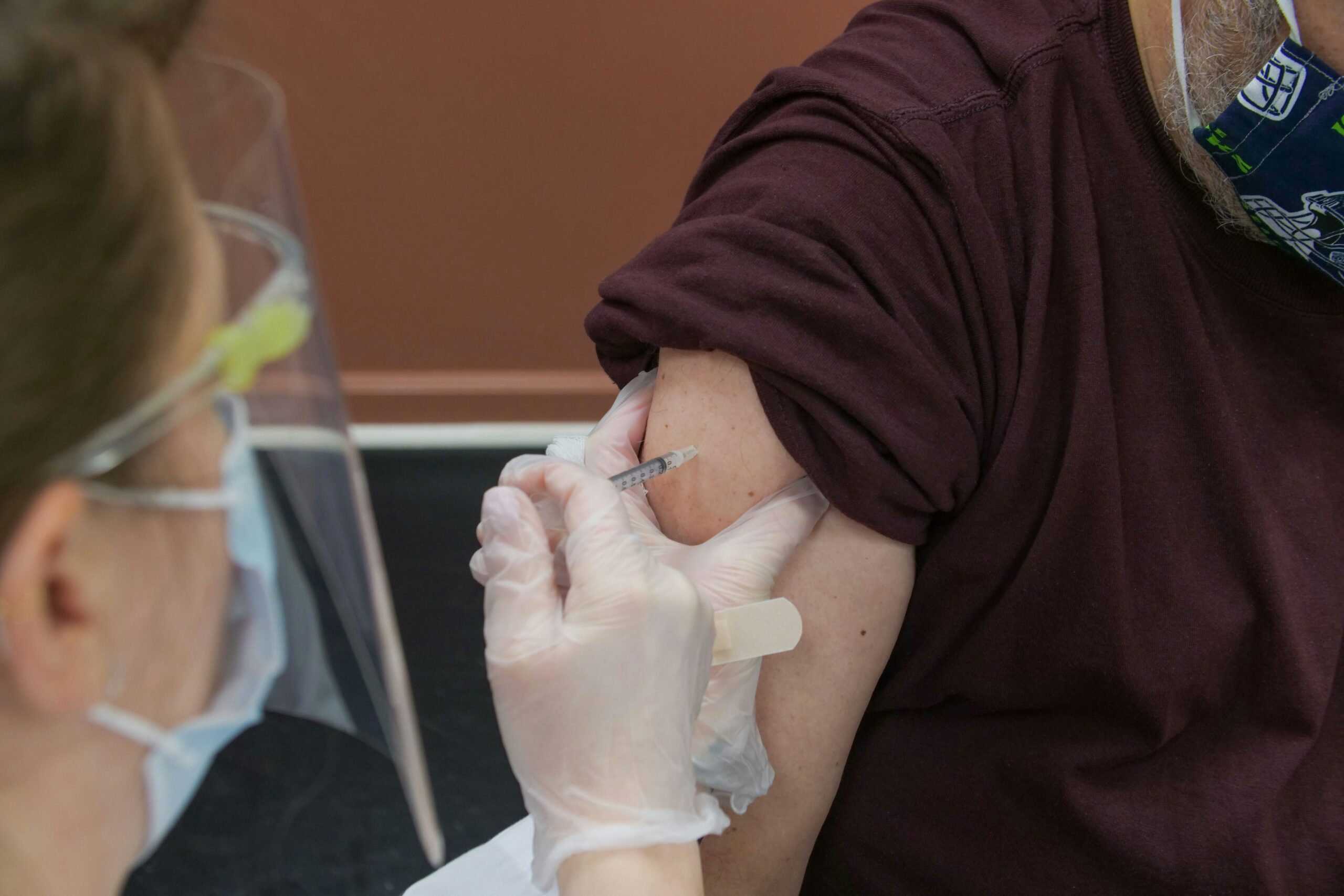Like many addictions, compulsive overeating can be seen as the maladaptive use of a natural brain function. For most of human history it was a valuable skill to remember where to find calorie-rich nutrition because it was hard to find and ensured survival. Human brains are primed to lay down this memory: discover food (trigger to ingest), eat the food (eating behavior), then feel good about it (dopamine release in the brain to reinforce the behavior). For pre-modern humans, it was important to know where the fruits grew and it wasn’t easy to overindulge. Problems emerge, however, when this mechanism is used to deal with adverse mental states. As Judson Brewer, M.D., explains in his book The Craving Mind, “The next time you feel bad, why don’t you try eating something good so that you will feel better? … It’s the same learning process, just a different trigger.”
Linking Eating Disorders with Sexual Trauma in Women
Eating and substance use disorders are often linked to traumatic experiences. For addiction expert Gabor Maté, addiction is almost always “the person’s unconscious attempt to escape from pain.” For many women in recovery, the mental pain they are suffering was caused by sexual assault. “The more extreme the addiction, generally, the more extreme the childhood history of trauma,” writes addiction journalist Maia Szalavitz in Unbroken Brain. “In fact, one third to one half of heroin injectors have experienced sexual abuse, with the sexual abuse rates for women who inject roughly double those for men.” While misusing substances is usually an attempt to block out the emotional pain, “eating disorders such as bulimia or anorexia typically represent an attempt by the patient to regain control, says Sarah Kovach, clinical manager at Lakeview Health. “Sexual abuse is often perceived by the victim as a total loss of control, so recurrent purging, that is self-induced vomiting, misuse of laxatives, diuretics, or enemas, can be an attempt to take back some control.” This might explain why bulimia and anorexia are much more prevalent among female patients. A 2010 study confirmed that “anorexia nervosa (AN) and bulimia nervosa (BN) are more common among females than males” while noting that the “prevalence of ‘any binge eating’ is roughly comparable in women (4.9%) and men (4.0%).”
Eating To Cope With Trauma
Similar to drinking alcohol or using illicit drugs, purging can cause a release of dopamine in the brain. “Sometimes eating disorder behavior appears when drugs or alcohol are taken away in rehab and the eating disorder suddenly becomes the primary way to cope with trauma,” says Kovach. When Lakeview patients present with a eating disorder as a co-occurring disorder, they receive a treatment plan tailored to their specific needs, addressing both their primary substance use disorder and the eating disorder. They are assessed more frequently in terms of weight, get advice on eating habits, and meet with a nutritionist. If trauma is the root cause of their addiction, trauma therapy is available as well.




